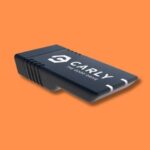In today’s connected world, having reliable internet access on the go is no longer a luxury, but a necessity. Whether you’re a digital nomad working from the road, a family needing entertainment on long trips, or simply someone who values staying connected, in-car WiFi has become increasingly important. While many newer vehicles offer built-in WiFi, and smartphone hotspots are a common workaround, there’s another powerful solution gaining traction: the Obd2 Hotspot.
This article will delve into the world of OBD2 hotspots, exploring how they can provide seamless in-car internet, and comparing them to other popular methods. As network providers evolve and older 3G services sunset, understanding your options for staying connected in your vehicle is crucial. Let’s explore how an OBD2 hotspot could be the ideal solution for your mobile connectivity needs.
What is an OBD2 Hotspot and Why Use One?
A smartphone connecting to in-car WiFi, illustrating the need for vehicle internet access.
An OBD2 hotspot is a device that plugs directly into your car’s On-Board Diagnostics port, version 2 (OBD2). This port, typically located under the dashboard, is primarily used for vehicle diagnostics and emission testing. However, innovative devices have emerged that leverage this port to provide not only vehicle data but also a WiFi hotspot.
Think of it as a two-in-one solution: it keeps your car connected and offers internet access for your devices. Unlike relying solely on your smartphone’s hotspot, an OBD2 hotspot can offer several advantages:
- Dedicated Connection: An OBD2 hotspot provides a dedicated internet connection for your car, separate from your phone. This can be beneficial if you want to conserve your phone’s battery or data plan.
- Potentially Stronger Signal: Some OBD2 hotspot devices are designed with antennas that can offer better signal reception compared to a smartphone tucked away in a pocket or purse.
- Vehicle Diagnostics and Telematics: Many OBD2 hotspots come with additional features beyond just WiFi. They can often provide real-time vehicle diagnostics, track driving behavior, offer vehicle location services, and even provide alerts for maintenance needs.
- Automatic Activation: OBD2 hotspots typically power on automatically when you start your car, providing a seamless and always-on internet connection without needing to manually activate a hotspot on your phone each time.
OBD2 Hotspot vs. Smartphone Hotspot: Key Differences
While using your smartphone as a hotspot is a readily available option, it’s essential to understand the distinctions between it and an OBD2 hotspot to make an informed decision.
A modern smartphone capable of acting as a mobile hotspot, but with limitations compared to dedicated OBD2 devices.
| Feature | Smartphone Hotspot | OBD2 Hotspot |
|---|---|---|
| Convenience | Readily available, no extra device needed. | Requires purchasing and installing a dedicated device. |
| Data Usage | Uses your phone’s data plan, potential for overage fees. | Often uses a separate data plan, predictable costs. |
| Battery Drain | Drains phone battery quickly, especially while charging. | Powered by the car’s OBD2 port, no phone battery drain. |
| Performance | Performance can be affected by phone usage and location. | Potentially stronger signal and dedicated performance. |
| Extra Features | Limited to basic hotspot functionality. | Often includes vehicle diagnostics, telematics, etc. |
| Setup | Simple software activation on the phone. | Requires physical installation into the OBD2 port. |
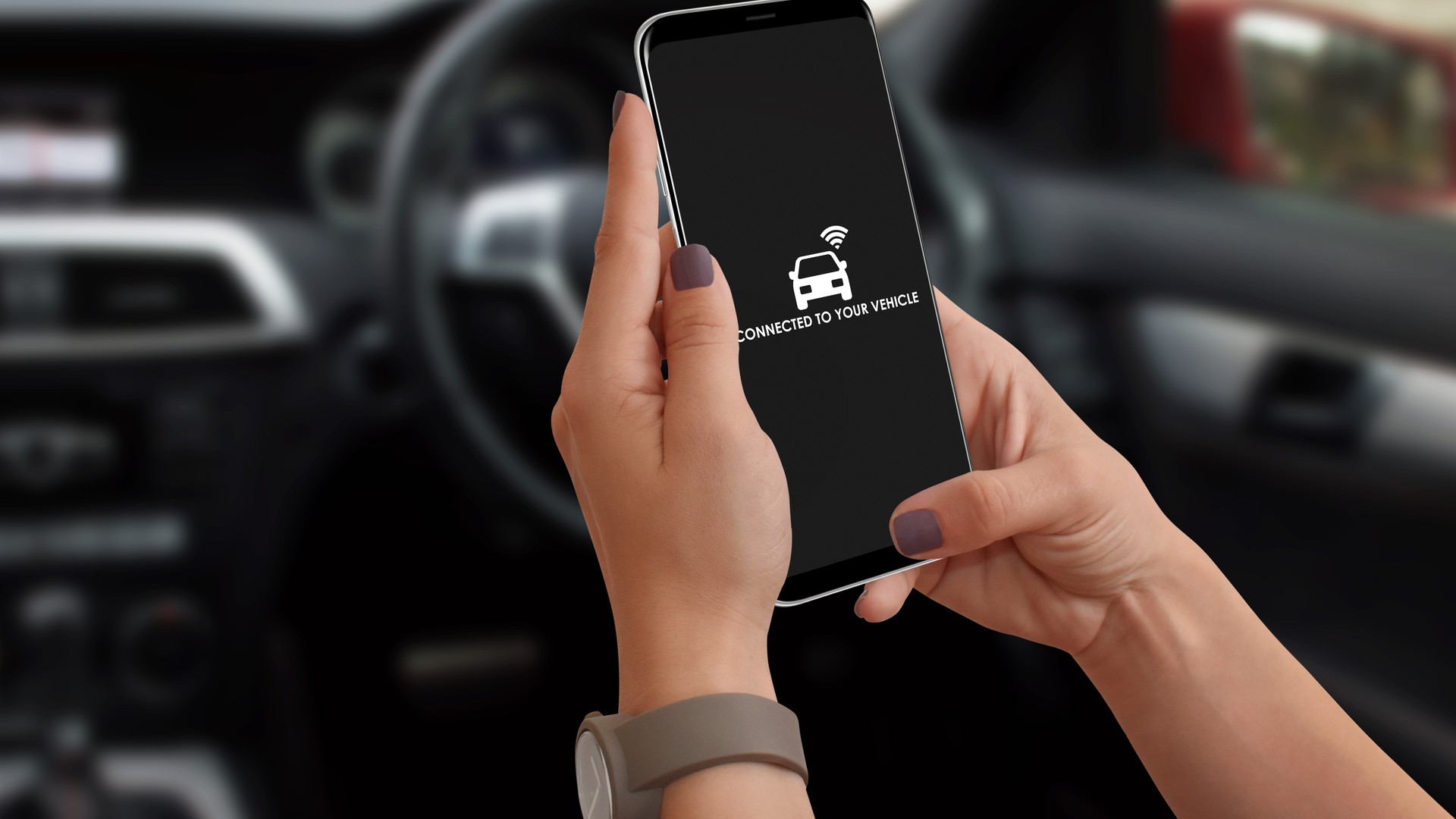
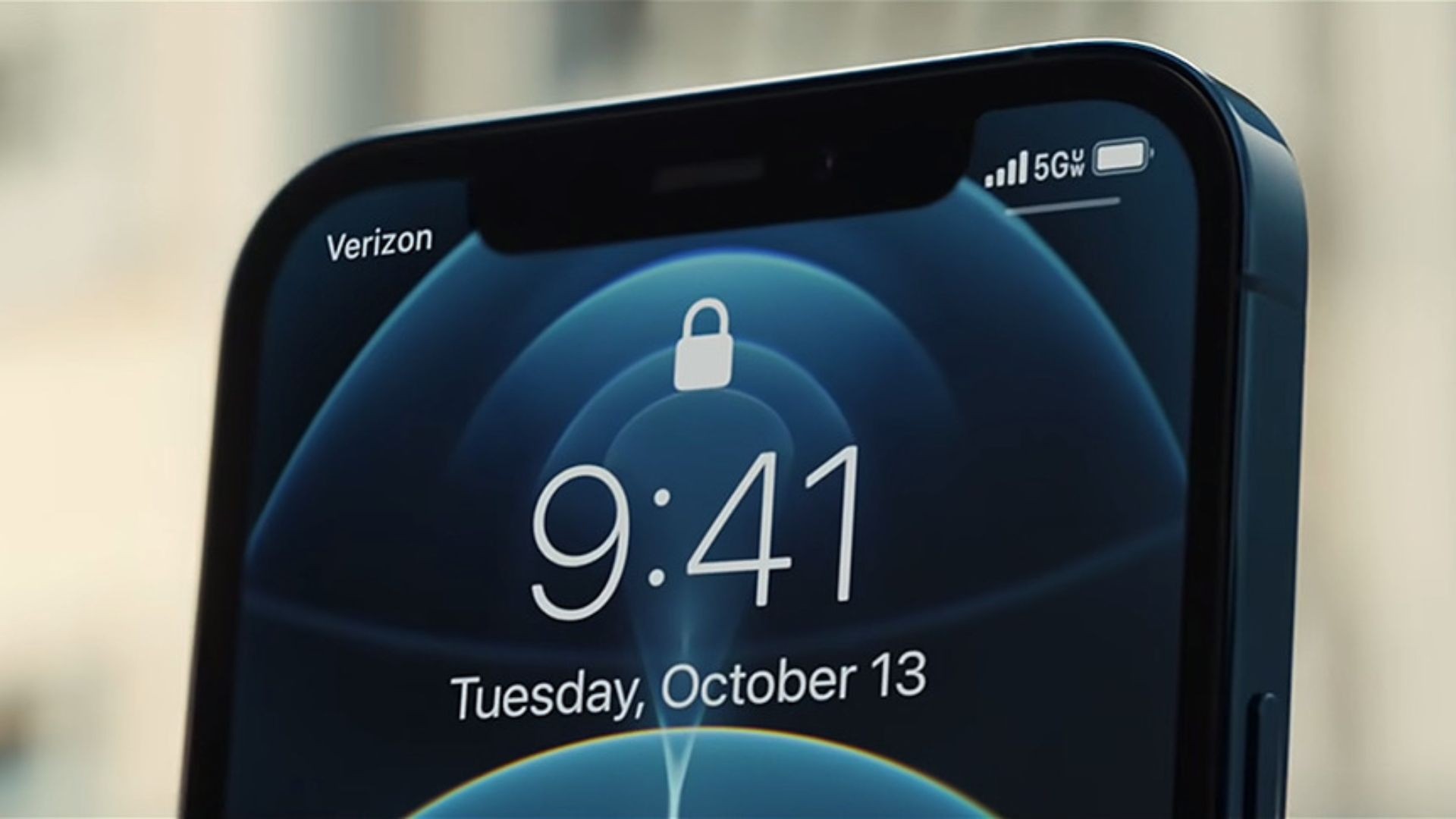
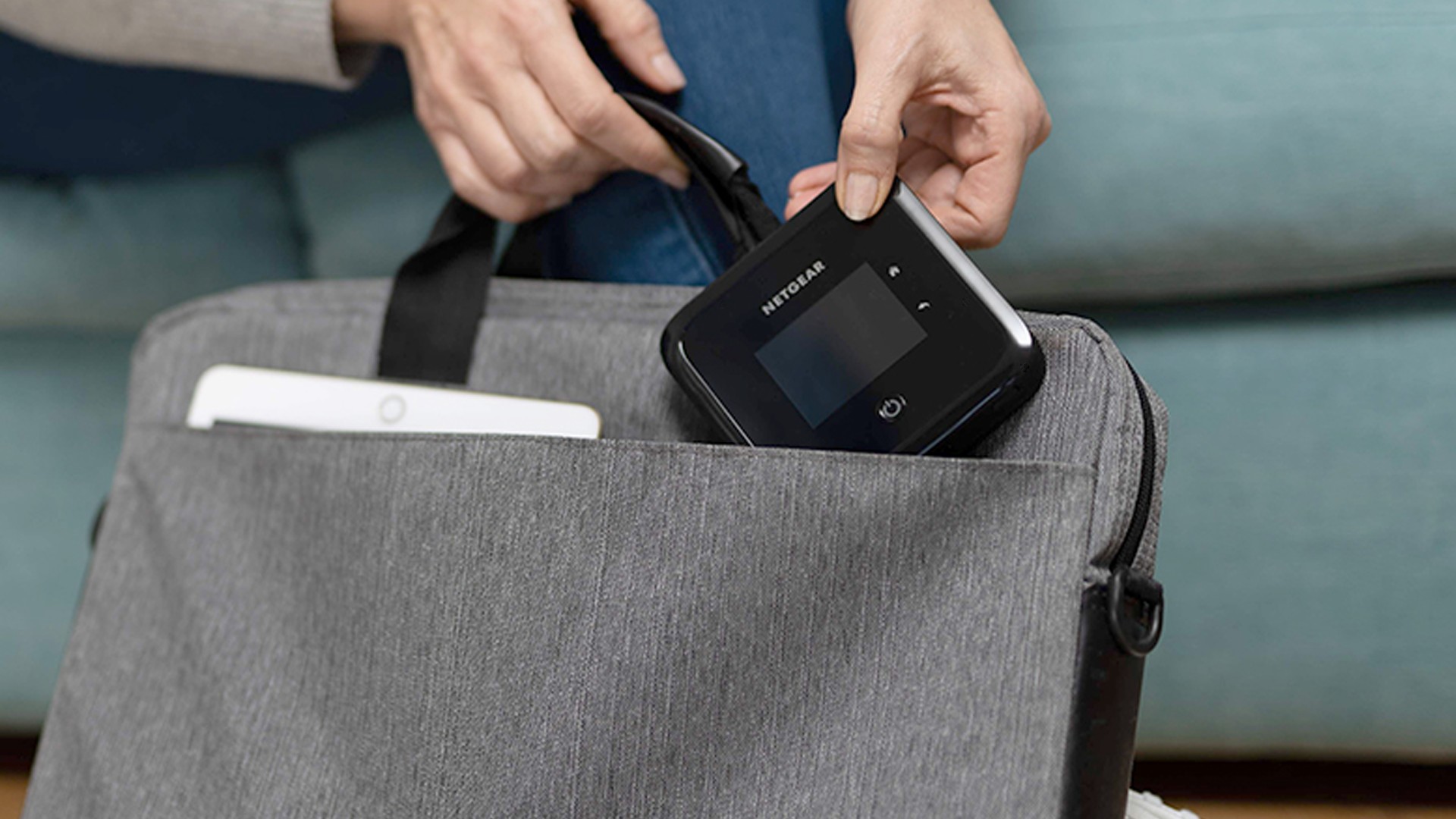
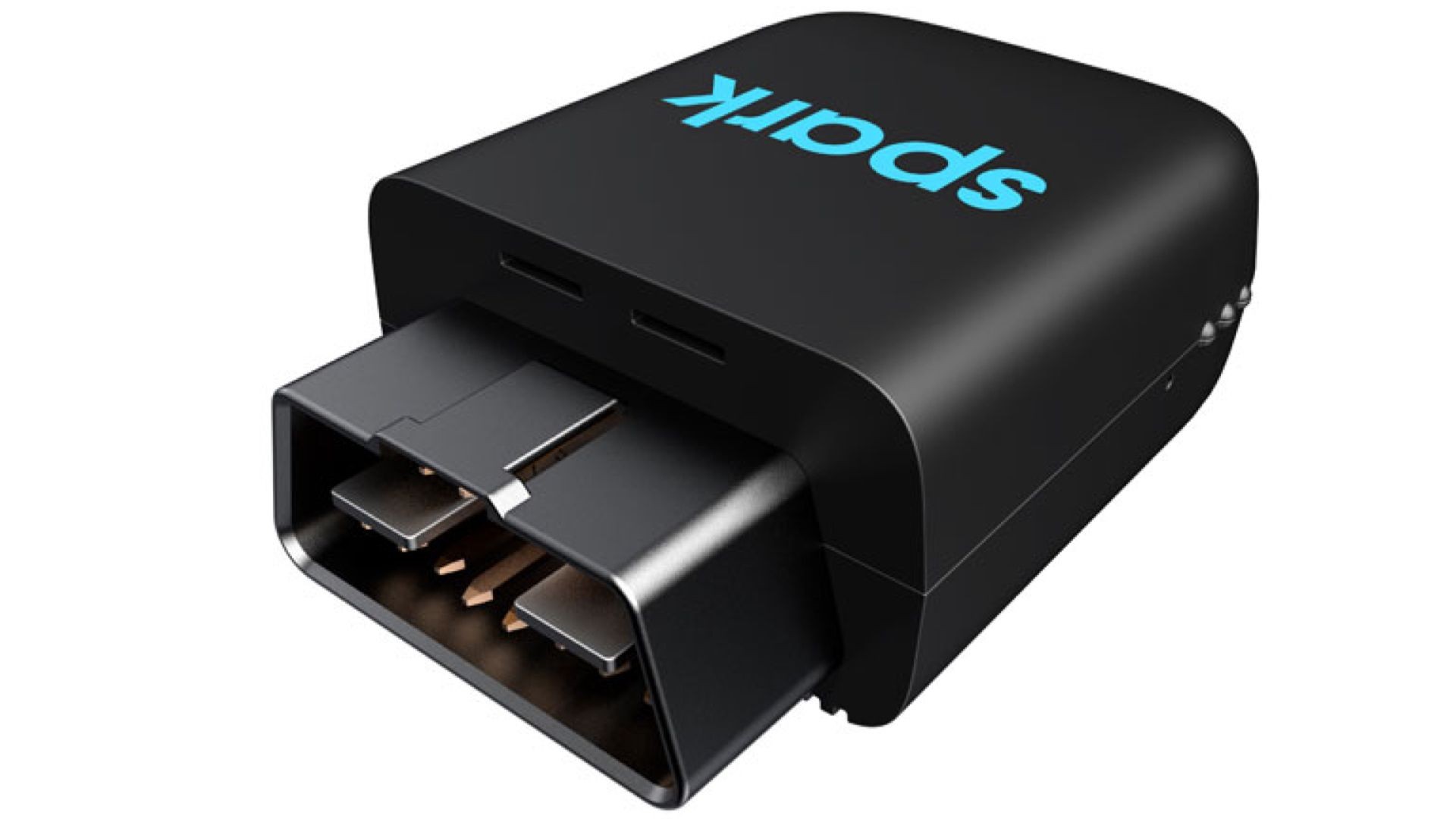
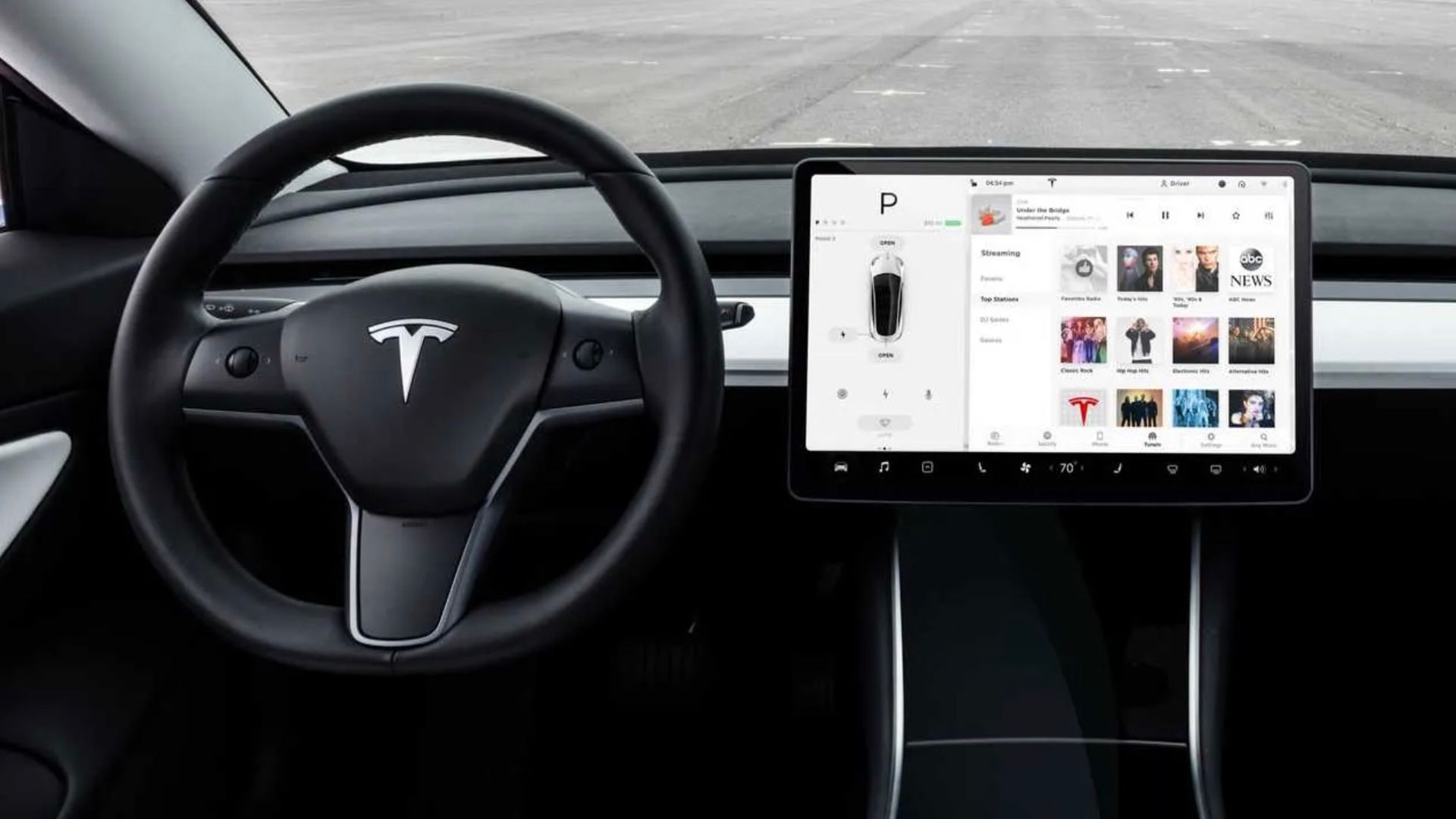
As you can see, while smartphone hotspots offer immediate convenience, OBD2 hotspots can provide a more robust and feature-rich solution specifically tailored for in-car connectivity and vehicle management.
Exploring Dedicated Mobile Hotspots as Alternatives
A dedicated mobile hotspot device, offering another option for in-car WiFi but lacking OBD2 features.
Before fully committing to an OBD2 hotspot, it’s worth considering dedicated mobile hotspots. These are portable WiFi routers that operate independently and can be used in your car or anywhere you need a WiFi connection. Companies like Netgear and major carriers offer various mobile hotspot devices.
Advantages of Mobile Hotspots:
- Portability: Can be used in and out of the car, offering versatile connectivity.
- Dedicated Device: Similar to OBD2 hotspots, they offer a dedicated connection separate from your phone.
- Potentially Better Battery Life (than phone hotspot): Designed specifically for hotspot functionality, battery life can be better than using a phone as a hotspot, though they still require charging.
Disadvantages Compared to OBD2 Hotspots:
- No Vehicle Integration: Mobile hotspots don’t offer vehicle diagnostics or telematics features.
- Another Device to Manage and Charge: Requires separate charging and management compared to OBD2 hotspots that draw power from the car.
Choosing between an OBD2 hotspot and a dedicated mobile hotspot depends on your priorities. If you value vehicle integration and diagnostics alongside WiFi, OBD2 is compelling. If portability outside the car is paramount, a mobile hotspot might be more suitable.
Choosing the Right OBD2 Hotspot for Your Needs
If an OBD2 hotspot seems like the right path for you, several factors should guide your selection:
- Data Plan and Carrier Compatibility: Ensure the OBD2 hotspot is compatible with your preferred carrier and offers data plans that meet your usage needs. Consider data limits, speeds, and costs.
- WiFi Speed and Performance: Look for devices that support current WiFi standards (like Wi-Fi 5 or Wi-Fi 6) for faster speeds and better performance for streaming and multiple devices.
- Diagnostic and Telematics Features: Evaluate the additional features offered beyond WiFi. Do you need vehicle tracking, diagnostics, driver behavior monitoring, or geofencing capabilities?
- Ease of Use and Setup: Choose a device that is easy to set up and manage. User-friendly apps and interfaces can simplify the experience.
- Device Compatibility: While OBD2 ports are standard, confirm compatibility with your specific car make and model, especially for older vehicles.
Major carriers like AT&T, T-Mobile, and Verizon offer OBD2-based connected car devices. For instance, AT&T offers the Spark, T-Mobile has SyncUP Drive, and Verizon provides Hum X. These devices often bundle in-car WiFi with vehicle health monitoring and safety features.
The AT&T Spark OBD2 device, showcasing a carrier-provided solution for in-car WiFi and vehicle connectivity.
Setting Up Your OBD2 Hotspot: A Quick Guide
Setting up an OBD2 hotspot is generally straightforward:
- Locate your OBD2 port: It’s usually under the dashboard on the driver’s side. Consult your car’s manual if needed.
- Plug in the OBD2 hotspot device: Firmly insert the device into the OBD2 port.
- Activate the device and data plan: Follow the manufacturer’s instructions, usually involving downloading an app and activating your data plan.
- Connect your devices to the WiFi network: Once activated, the OBD2 hotspot will broadcast a WiFi network name (SSID) and password, which you can use to connect your smartphones, tablets, and laptops.
Considering Built-in Car WiFi and Public WiFi
While OBD2 hotspots offer a compelling aftermarket solution, remember that some newer cars come with built-in WiFi systems like OnStar. These integrated systems offer seamless connectivity but often come with subscription fees.
Additionally, accessing public WiFi from your car can be a temporary solution when parked near restaurants or businesses offering free WiFi. However, public WiFi is generally not secure or reliable for consistent in-car internet on the go.
A modern car with built-in navigation and connectivity, representing the factory-integrated WiFi option.
Conclusion: Choosing the Best In-Car WiFi Solution
Getting internet in your car has become easier than ever, with options ranging from smartphone hotspots to built-in systems and dedicated devices. For a balance of in-car WiFi, vehicle diagnostics, and a dedicated connection, the OBD2 hotspot stands out as a powerful and increasingly popular choice.
By understanding your needs, comparing the different options, and considering the features of OBD2 hotspots, you can make an informed decision and enjoy reliable internet connectivity on all your journeys. Whether for work, entertainment, or staying connected, the right in-car WiFi solution is within reach.
